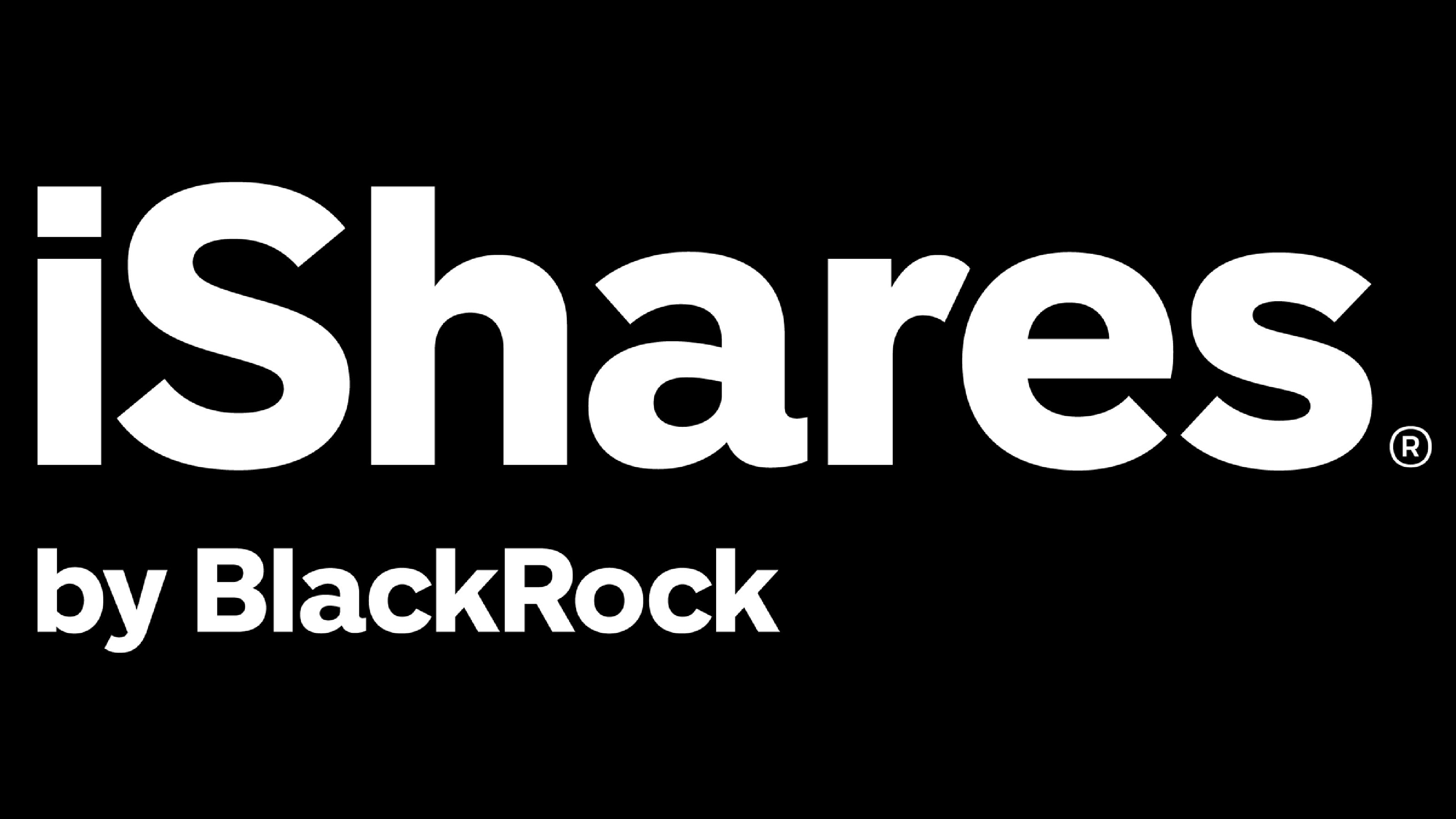The Cheapest Gold ETFs to Buy Now
Gold ETFs can provide hedging and diversification benefits without the hassle of holding and storing physical bullion.


Gold is having a standout year. On October 20, it reached a new all-time high of $4,381.21 per ounce, driven by massive inflows into gold ETFs, central bank buying, a weaker U.S. dollar and macro-uncertainty.
Structurally, gold doesn't produce cash flows like stocks or bonds. But it remains one of the few investable assets with persistently low correlation to both. That's because gold isn't tied to corporate earnings or government creditworthiness.
It doesn't carry market risk or credit risk in the traditional sense, and it can't be debased, printed, or duplicated. This makes gold especially attractive when trust in fiat currency or financial systems breaks down.
There's no shortage of ways to add gold exposure to a portfolio. You could buy physical bullion, trade futures or invest in gold mining stocks. But, for most investors, the simplest and most accessible option is a gold exchange-traded fund.
Why buy gold ETFs?
While a gold ETF doesn't offer physical ownership in the traditional sense, it comes with a long list of advantages that make it the better choice for most investors.
Buying physical bullion isn't as simple as walking into a store and paying spot price. The hassle often begins at the dealer, where you'll typically face a markup. Dealers build in their profit through the spread between the bid and ask prices. This means you're paying a premium when you buy and likely taking a haircut when you sell. That friction exists on both ends of the transaction.
Once you've got that gold bar or coin, the question becomes where to store it. A safe deposit box at a bank comes with annual fees and counterparty risk. Self-storage in a home safe can work but risks personal security. And, if you're really paranoid, you could bury it in your backyard and hope you remember where.
Then there's the inconvenience when you want to sell. You need to retrieve the bullion, find a dealer, negotiate a price and take the cash.
From there, you still need to deposit the money into your brokerage account and wait for settlement before you can use it to buy other assets.
A gold ETF avoids all of that. You can buy and sell it in your brokerage account just like any stock. When prices rise and you want to rebalance, you can sell instantly and reallocate the proceeds right away. There's no physical handling, no dealer spread, no delays. For convenience, liquidity and ease of use, gold ETFs are the most seamless way to gain exposure to gold.
How we chose the best gold ETFs to buy
We started by narrowing the field with a few key exclusions. The first was to leave out exchange-traded products that aren't legally structured as ETFs.
A common example is the popular Sprott Physical Gold Trust (PHYS), which is often confused with a gold ETF. In reality, it's a closed-end fund (CEF), meaning it issued a fixed number of shares at its initial public offering (IPO) and can't create or redeem shares the way an ETF can.
As a result, the market price of PHYS often trades at a premium or discount to its net asset value (NAV), which introduces unnecessary complexity for long-term investors looking for clean exposure to gold prices.
We also excluded gold miner ETFs. While they're often correlated with gold prices due to the nature of their business, they come with all the risks of owning equities. Gold mining stocks can be affected by operational issues, management decisions or even environmental mishaps.
Finally, we left out exotic products that offer daily leveraged or inverse exposure to gold. These products tend to be expensive, carry complex tax treatments such as a K-1 form, and are highly volatile. They're designed for short-term tactical traders, not long-term investors building a strategic allocation.
Once we made those cuts, we applied a three-part framework focused on fees, liquidity and reputability:
Fees: Gold ETFs used to be expensive, but competition has driven costs down. We set a maximum expense ratio of 0.40%, which works out to $40 annually on a $10,000 investment.
Liquidity: Not all gold ETFs trade efficiently. The best ones have low 30-day median bid-ask spreads that reduce the cost of entering and exiting a position. Compare this to physical bullion, where bid-ask spreads can be much wider.
Reputability: ETFs with low assets under management are more vulnerable to closure, especially those under the $50 million threshold. We raised the bar significantly by only including ETFs with at least $1 billion in AUM to ensure we focused on well-capitalized, stable options.
Here are five low-cost gold ETFs that provide efficient exposure to the precious metal.
Data is as of November 11.

iShares Gold Trust
- Assets under management: $137.0 billion
- Expenses: 0.40%, or $40 annually for every $10,000 invested
- 30-day median bid-ask spread: 0.01%
SPDR Gold Shares (GLD), the first U.S.-listed fund to offer physically backed exposure to the metal, is the $137 billion gorilla of the gold ETF market. It’s structured as a grantor trust, a special ETF format commonly used for physical commodities, where each share represents a fractional interest in gold held in vaults.
With GLD's long track record and massive scale come excellent liquidity and a deep options chain, making it easy to trade or hedge with calls and puts. The downside is its relatively high expense ratio.
And with GLD’s dominant position, State Street has little reason to cut fees. Doing so would mean giving up a major source of revenue.
Learn more about GLD at the State Street Investment Management provider site.

iShares Gold Trust
- Assets under management: $63.9 billion
- Expenses: 0.25%
- 30-day median bid-ask spread: 0.01%
Before iShares made headlines with its spot bitcoin ETF, it found long-running success with the iShares Gold Trust (IAU), which launched in January 2005 and now manages nearly $65 billion in assets.
IAU tracks the LBMA Gold Price and currently holds 482.31 tonnes of gold. It's as straightforward as it gets: a low-cost, physically backed gold ETF that undercuts GLD with a 0.25% expense ratio.
While its options chain isn't quite as robust as GLD's, it remains one of the best deals out there for long-term, buy-and-hold investors.

Goldman Sachs Physical Gold ETF
- Assets under management: $2.3 billion
- Expenses: 0.18%
- 30-day median bid-ask spread: 0.03%
Anytime retail investors show a voracious appetite for a particular asset class, you can expect Wall Street to find a way to cash in. The Goldman Sachs Physical Gold ETF (AAAU) is a prime example.
Launched in July 2018, AAAU is Goldman's answer to the growing demand for physically backed gold ETFs. The ticker itself is a clever nod to gold's chemical symbol, "Au."
Otherwise, the fund is pretty no-frills. It tracks the London Gold Fixed Price in U.S. dollars and offers a solid value proposition by undercutting both GLD and IAU with a 0.18% expense ratio.
The trade-off is a slightly wider bid-ask spread, but at 0.03%, it's still negligible unless you're trading frequently or moving large sums.

SPDR Gold MiniShares Trust
- Assets under management: $23.1 billion
- Expenses: 0.10%
- 30-day median bid-ask spread: 0.01%
GLD was massively successful, but as lower-cost competitors emerged over the years, State Street needed a way to defend its market share. Lowering GLD's fees would have helped but also meant cutting into a major revenue stream.
Instead, State Street launched the SPDR Gold MiniShares Trust (GLDM) in June 2018, a companion fund to GLD. The key trade-off is that GLDM doesn't have an options chain, which makes it less attractive to traders.
But for long-term investors, the appeal is obvious: GLDM charges just 0.10%, a quarter of GLD's fee.
That lower cost has translated into slightly better returns. Over the past five years, GLDM posted a 15.0% annualized NAV return, edging out GLD's 14.7%.
The gap may seem small, but it compounds over time, especially in a large portfolio with a long investment horizon.
Learn more about GLDM at the State Street Investment Management provider site.

iShares Gold Trust Micro
- Assets under management: $5.5 billion
- Expenses: 0.09%
- 30-day median bid-ask spread: 0.02%
ETF providers aren't known for originality, and they don't need to be. Often, all it takes is copying a competitor's product and offering it at a slightly lower price.
That's exactly what iShares did when it launched the iShares Gold Trust Micro (IAUM) in June 2021 after seeing the success of GLDM undercutting IAU.
Like IAU, IAUM tracks the LBMA Gold Price and provides the same kind of physically backed gold exposure. It undercuts GLDM by 0.01% on fees, charging just 0.09%.
That said, the advantage is a wash when factoring in trading costs, since IAUM has a slightly wider bid-ask spread than GLDM, coincidently 0.01% higher.
Learn more about IAUM at the iShares provider site.
Related content
Profit and prosper with the best of Kiplinger's advice on investing, taxes, retirement, personal finance and much more. Delivered daily. Enter your email in the box and click Sign Me Up.
Tony started investing during the 2017 marijuana stock bubble. After incurring some hilarious losses on various poor stock picks, he now adheres to Bogleheads-style passive investing strategies using index ETFs. Tony graduated in 2023 from Columbia University with a Master's degree in risk management. He holds the Certified ETF Advisor (CETF®) designation from The ETF Institute. Tony's work has also appeared in U.S. News & World Report, USA Today, ETF Central, The Motley Fool, TheStreet, and Benzinga. He is the founder of ETF Portfolio Blueprint.
-
 Metro by T-Mobile Is Giving Away This Samsung Galaxy A16: Which Plans Are Eligible?
Metro by T-Mobile Is Giving Away This Samsung Galaxy A16: Which Plans Are Eligible?Metro by T-Mobile is offering free Samsung Galaxy A16 phones on eligible plans right now. Here’s how the deal works.
-
 I Drive and Collect Classic Cars: Here’s How I Got Started
I Drive and Collect Classic Cars: Here’s How I Got StartedAre classic cars a hobby or an investment strategy — or both? Either way, the vintage car scene is much cooler and more affordable than you think.
-
 My First $1 Million: Retired Middle School Teacher, 68
My First $1 Million: Retired Middle School Teacher, 68Ever wonder how someone who's made a million dollars or more did it? Kiplinger's My First $1 Million series uncovers the answers.
-
 The $183,000 RMD Shock: Why Roth Conversions in Your 70s Can Be Risky
The $183,000 RMD Shock: Why Roth Conversions in Your 70s Can Be RiskyConverting retirement funds to a Roth is a smart strategy for many, but the older you are, the less time you have to recover the tax bite from the conversion.
-
 A Financial Pro Breaks Retirement Planning Into 5 Manageable Pieces
A Financial Pro Breaks Retirement Planning Into 5 Manageable PiecesThis retirement plan focuses on five key areas — income generation, tax management, asset withdrawals, planning for big expenses and health care, and legacy.
-
 4 Financial To-Dos to Finish 2025 Strong and Start 2026 on Solid Ground
4 Financial To-Dos to Finish 2025 Strong and Start 2026 on Solid GroundDon't overlook these important year-end check-ins. Missed opportunities and avoidable mistakes could end up costing you if you're not paying attention.
-
 Nasdaq Leads as Tech Stages Late-Week Comeback: Stock Market Today
Nasdaq Leads as Tech Stages Late-Week Comeback: Stock Market TodayOracle stock boosted the tech sector on Friday after the company became co-owner of TikTok's U.S. operations.
-
 Are You Putting Yourself Last? The Cost Could Be Your Retirement Security
Are You Putting Yourself Last? The Cost Could Be Your Retirement SecurityIf you're part of the sandwich generation, it's critical that you don't let the needs of your aging parents come at the expense of your future.
-
 I'm an Insurance Pro: It's Time to Prepare for Natural Disasters Like They Could Happen to You
I'm an Insurance Pro: It's Time to Prepare for Natural Disasters Like They Could Happen to YouYou can no longer have the mindset that "that won't happen here." Because it absolutely could. As we head into 2026, consider making a disaster plan.
-
 The Future of Philanthropy Is Female: How Women Will Lead a New Era in Charitable Giving
The Future of Philanthropy Is Female: How Women Will Lead a New Era in Charitable GivingWomen will soon be in charge of trillions in charitable capital, through divorce, inheritance and their own investments. Here's how to use your share for good.
-
 Cooler Inflation Supports a Relief Rally: Stock Market Today
Cooler Inflation Supports a Relief Rally: Stock Market TodayInvestors, traders and speculators welcome much-better-than-hoped-for core CPI data on top of optimism-renewing AI earnings.

